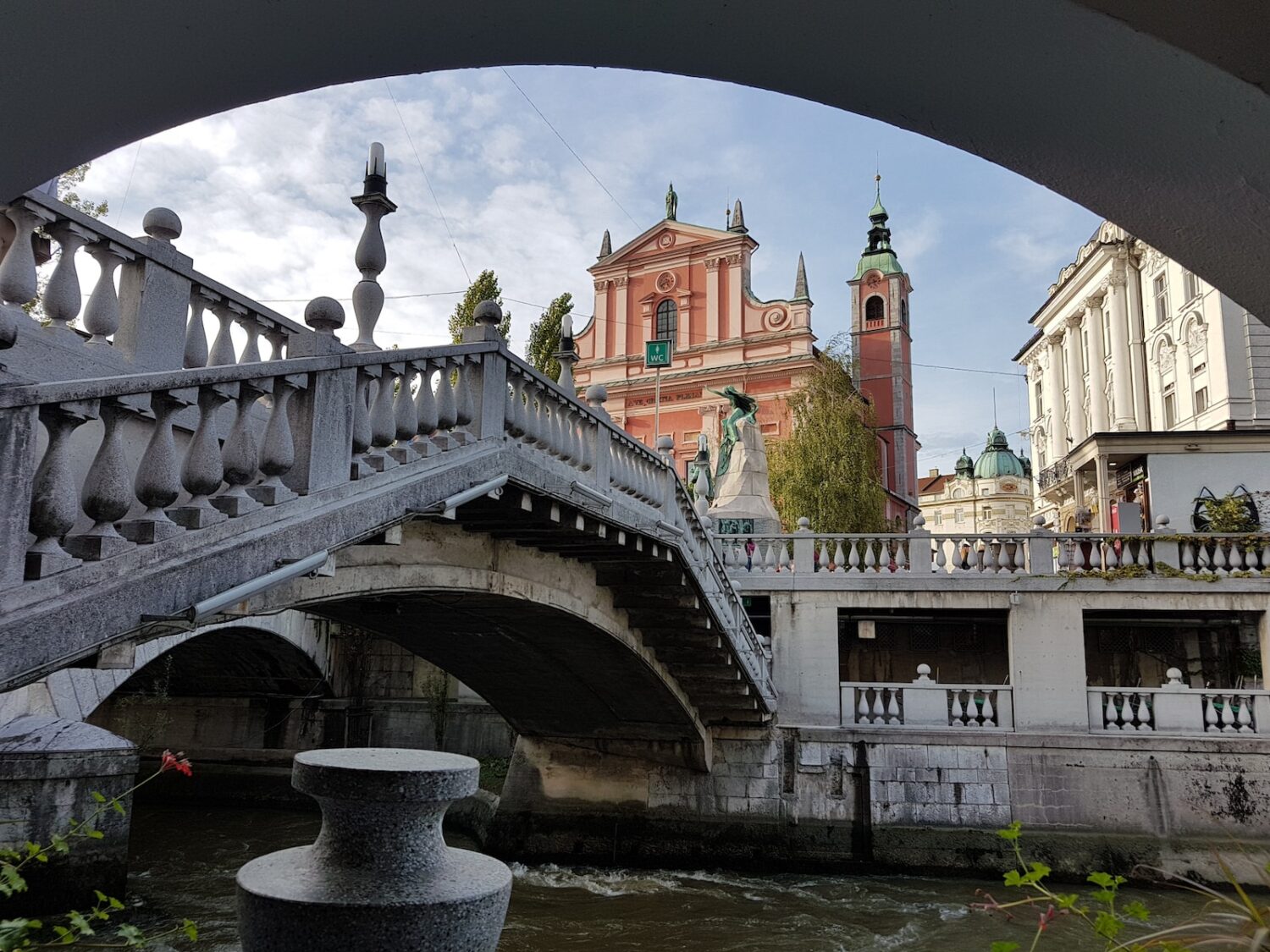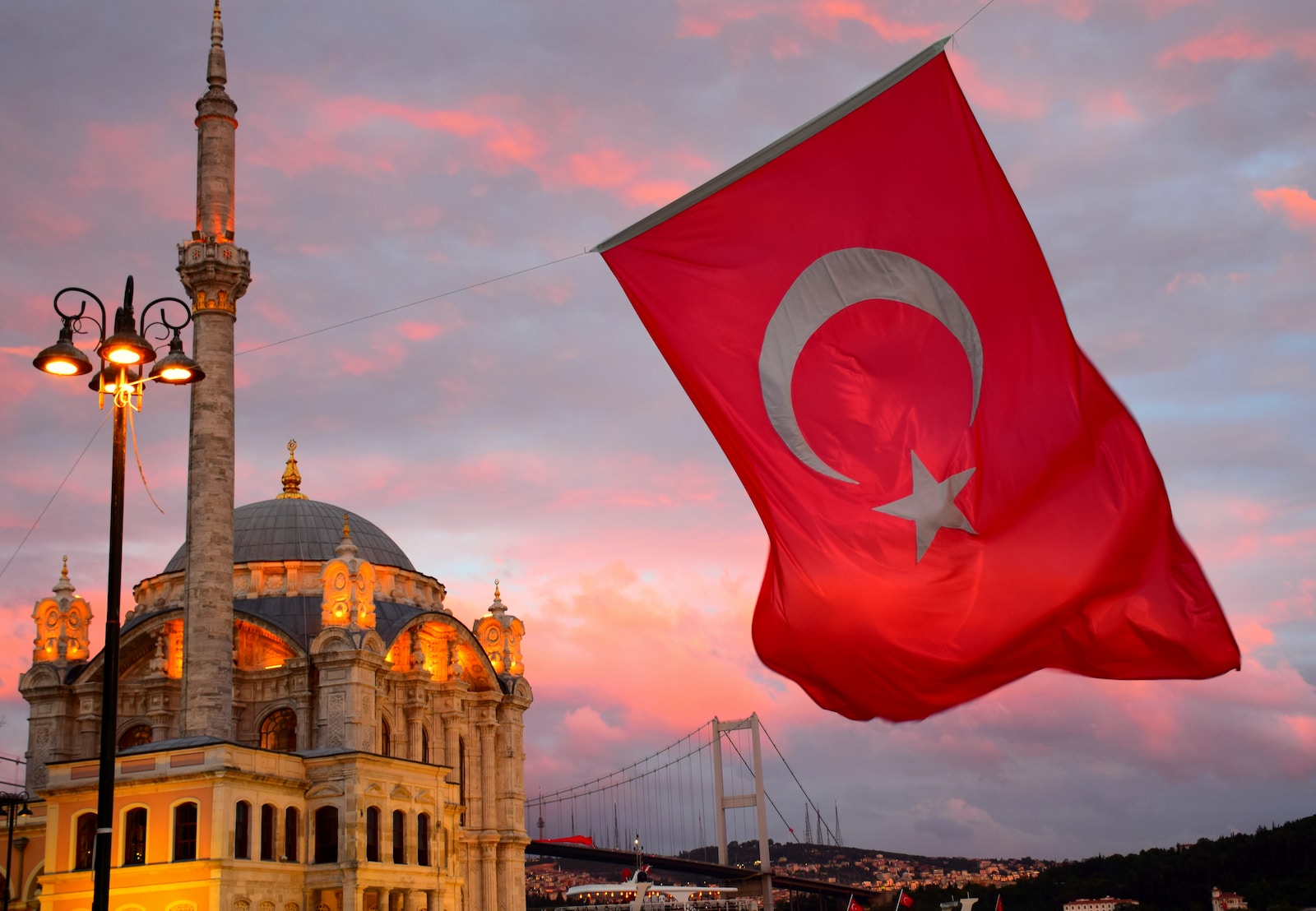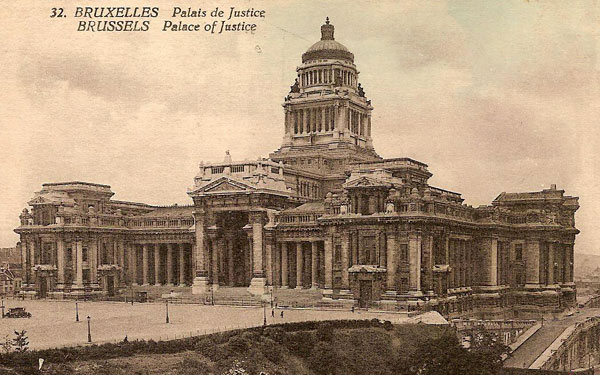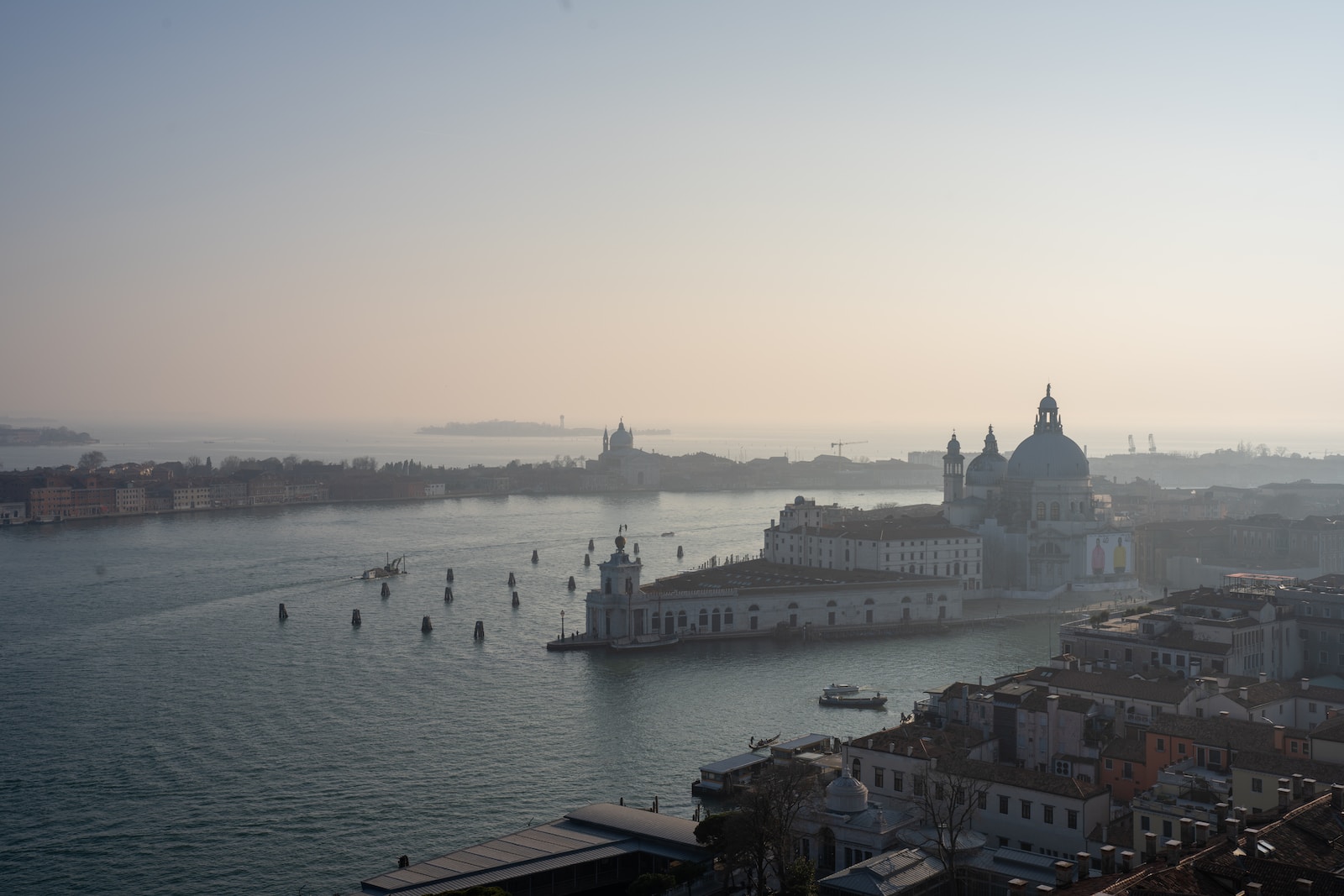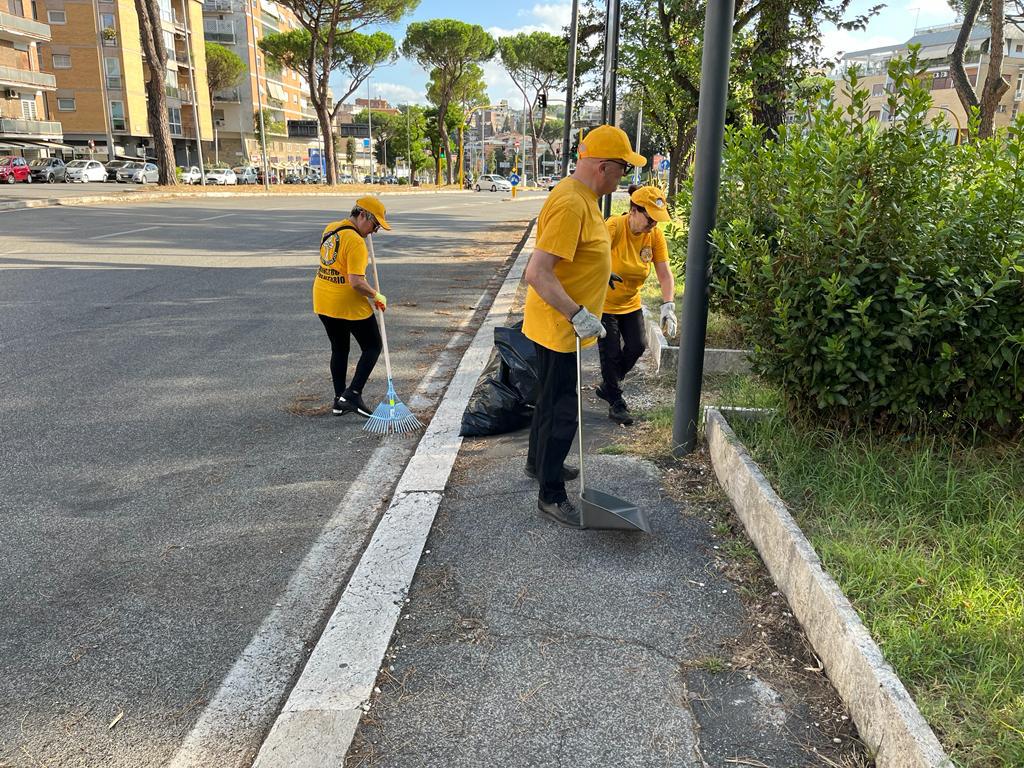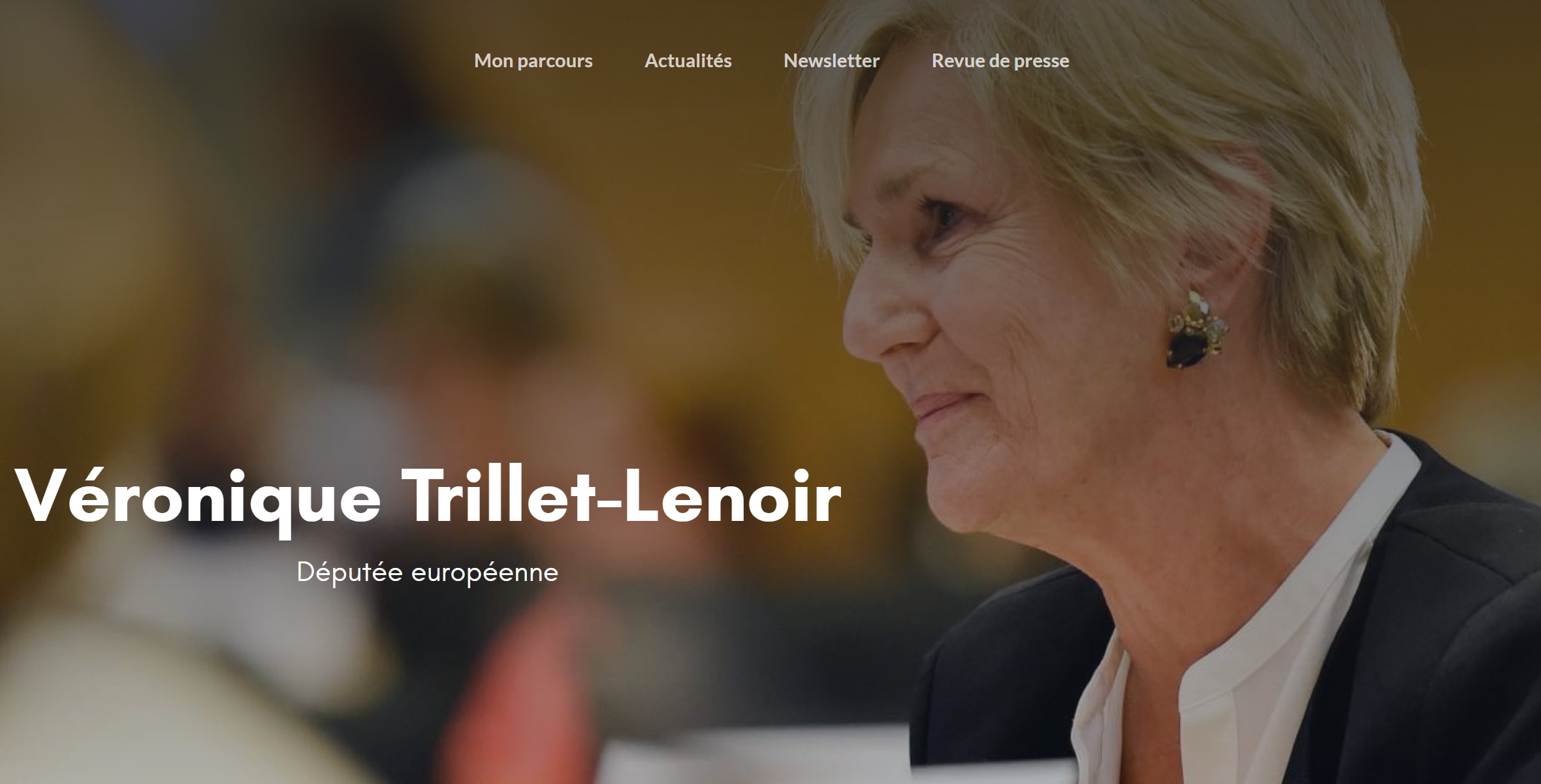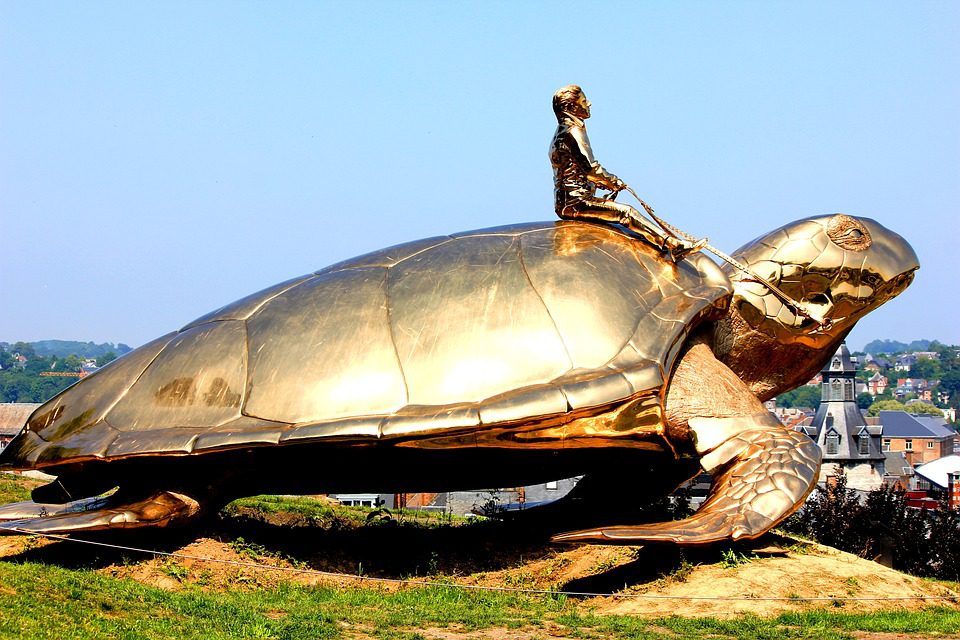In an impactful speech Ursula von der Leyen, the President of the European Commission emphasized the steps to help Slovenia recover and rebuild. She stressed the need, for action in navigating the administrative procedures to access the allocated EUR 2.7 billion for investments. This financial support showcases the European Union’s commitment to standing by its member states during times of crisis.
The urgency of the situation is highlighted by the allocation of funds specifically designated for assistance. Von der Leyen’s call to “expedite work on requirements” demonstrates a determination to streamline processes and enable Slovenia to utilize these allocated resources. This proactive approach reflects how the European Union is dedicated to supporting its member states.
During times solidarity proves its strength. Von der Leyen acknowledged Slovenia’s history of providing aid to neighbouring countries facing crises like floods or Croatian earthquakes. Slovenia’s unwavering commitment to helping others has been commendable. Now as Slovenia faces its challenges the European Union reciprocates that support and assures Slovenia that it is not alone, in its recovery journey.
Reallocating Cohesion Funds, for Recovery.
In addition to providing assistance, Ursula von der Leyen highlighted another aspect of Slovenia’s recovery plan; the reallocation of existing funds. Slovenia has access to EUR 3.3 billion in cohesion funds until 2027 presenting an opportunity to strategically invest in long-term recovery efforts. This looking approach reflects the European Union’s commitment not to addressing immediate crises but also to fostering sustainable growth and stability.
The idea of reallocating existing funds emphasizes the importance of adaptability and resourcefulness. By redirecting these funds Slovenia can prioritize areas that require attention for long-term recovery. This approach aligns with the European Union’s vision of building resilience. Ensuring that member states are well-equipped to overcome challenges and emerge stronger.
Von der Leyen’s recognition of Slovenia as a member of the European Union demonstrates the nation’s nature. By highlighting Slovenia’s history of providing assistance to neighbouring countries von der Leyen underscores that the support extended to Slovenia is a continuation of the solidarity that unites member states. It serves as a reminder that in times of crisis, unity and collaboration are pillars, for effective recovery.
The speech also emphasizes the significance of experience and active involvement.
Von der Leyen expressed her gratitude, for the chance to see firsthand the impact of the floods and the collaborative efforts taking place. This personal connection does not show leadership. Also emphasizes the European Union’s dedication to actively participating in the recovery process. It sends a message that the European Union stands together with Slovenia to provide guidance, resources and support.
To sum up, Ursula von der Leyen’s speech captures an approach to supporting Slovenia’s recovery and reconstruction endeavours. The need for assistance reallocation of funds and a spirit of solidarity all come together to form a comprehensive plan that addresses both short-term challenges and long-term goals. As Slovenia paves its way, towards recovery it can do so with confidence knowing that the European Union is a partner committed unwaveringly to the welfare and prosperity of its member countries.



